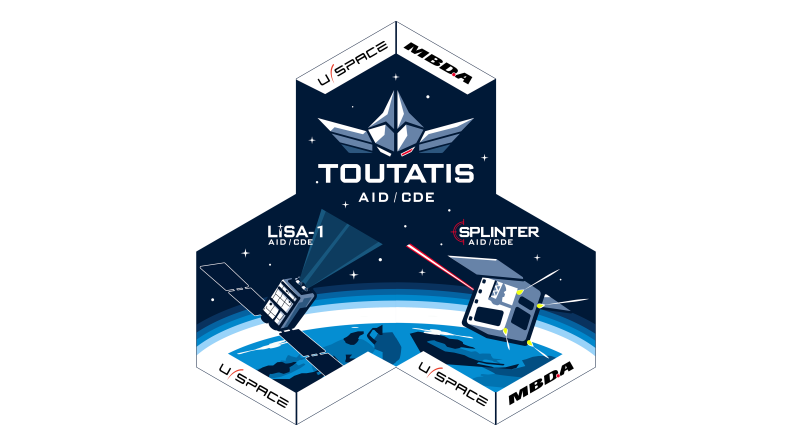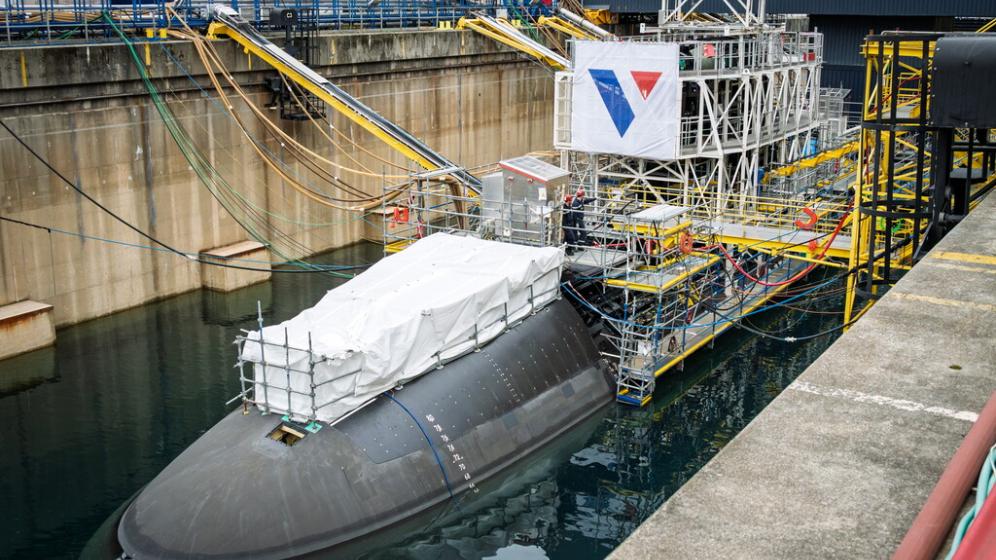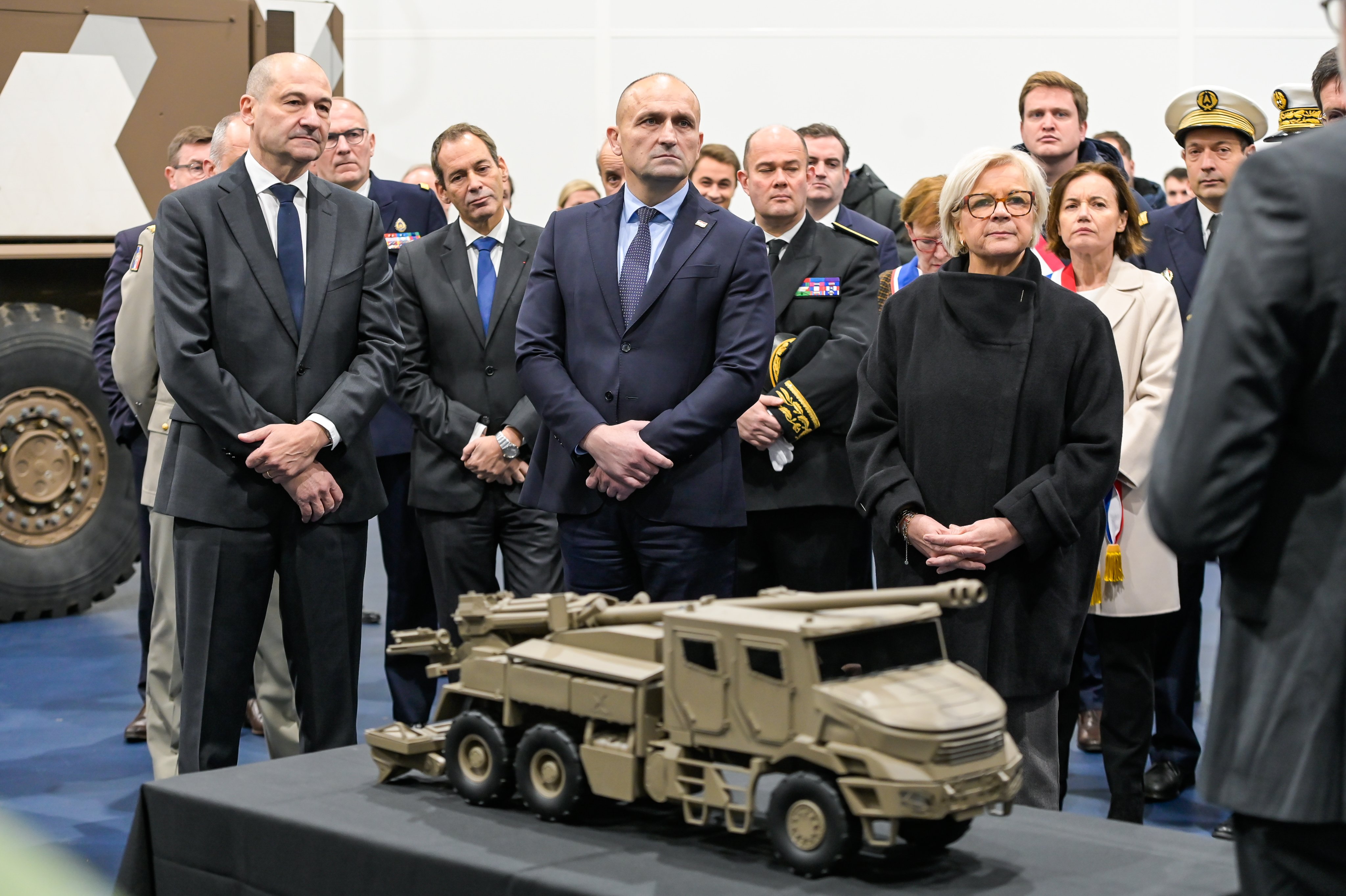The NATO Response Force (NRF) is developing and the first exercise Steadfast Jaguar, will be held in June 2006 in the Cape Verde Islands. After a description of the NRF concept and structure, General Lance L. Smith, US Air Force, Supreme Allied Commander Transformation, shows that NATO Transformation and the NRF are progressing hand in hand, witness to the Alliance’s determination to preserve its relevance and essential role.
The NRF and NATO Transformation
Speed, agility, coordination and preparedness are critical enablers to achieving success on the battlefield. The NATO Response Force, a rapidly deployable, multinational expeditionary force, is helping the Alliance achieve these goals by serving as both a catalyst and test-bed for concepts and initiatives for the larger, NATO-wide military structure and the NATO transformation process.
In September 2002, an initiative was put forward to create a NATO rapid reaction force. The launching of the NATO Response Force initiative was announced two months later at the Prague summit, together with other major military transformation initiatives—the Prague Capabilities Commitment, and a fundamental revision of the NATO military command structure. The NRF concept, approved by the Ministers for Defence in June 2003 and developed incrementally over the past several years, will be robustly tested during the summer of 2006 with a live exercise, Steadfast Jaguar, in Cape Verde in June.
The NRF will be Allied Command Transformation’s primary vehicle for evaluating new concepts and improving capabilities for the Alliance. A highly trained and technologically advanced operational military force, the NRF is ideally suited to identifying new capabilities and concepts through lessons learned and serving as a test-bed for their analysis. With an emphasis on high readiness, rapid deployability, sustainability, and full mission capability, the NRF will significantly advance and promote NATO interoperability in terms of joint and combined (multinational) doctrine, training and capabilities.
Il reste 89 % de l'article à lire









